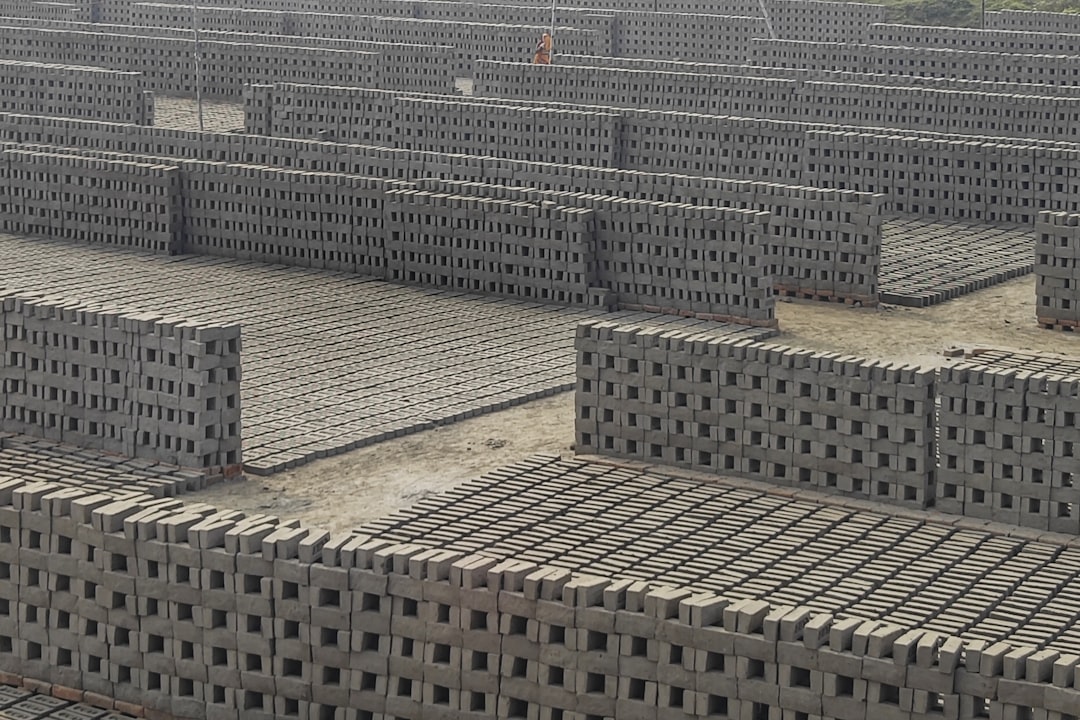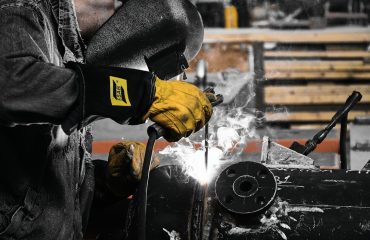body {
font-family: sans-serif;
line-height: 1.6;
}
h1, h2, h3 {
color: #333;
}
The global steel market is a complex and dynamic entity, constantly fluctuating in response to a multitude of interconnected factors. Understanding these dynamics is crucial for businesses involved in steel production, distribution, and consumption. This in-depth analysis explores the key drivers influencing global steel prices, examining current trends and offering insights into potential future scenarios.
The Raw Material Rollercoaster: Iron Ore and Coal Prices
The cost of raw materials, primarily iron ore and coking coal, significantly impacts steel production costs and, consequently, final prices. Fluctuations in iron ore prices, largely determined by supply from major producers like Australia and Brazil, and demand from China, create significant volatility. Similarly, coking coal prices, influenced by factors like geopolitical instability and weather events in key producing regions (Australia, US), directly impact steelmaking costs. A surge in iron ore or coking coal prices translates to higher steel production costs, leading to an increase in steel prices. Conversely, a decline in these raw material prices can result in lower steel prices, potentially sparking price wars among producers.
Furthermore, transportation costs for these bulk commodities play a crucial role. Increased shipping costs due to fuel price hikes or logistical bottlenecks can further inflate the final price of steel.
Global Demand Dynamics: A Balancing Act Between Construction and Manufacturing
Global steel demand is largely driven by the construction and manufacturing sectors. Robust infrastructure development projects in emerging economies, particularly in Asia, significantly boost demand. Conversely, economic downturns or slowdowns in these sectors can lead to a sharp decline in steel demand, resulting in lower prices. The automotive industry, a significant consumer of steel, also plays a crucial role. Changes in vehicle production volumes directly affect steel demand, influencing price trends.
Regional variations in demand also play a significant role. While China remains the world’s largest steel producer and consumer, its economic growth trajectory significantly impacts global steel prices. A slowdown in China’s economy can trigger a ripple effect, impacting steel demand and prices worldwide.
Geopolitical Influences: Trade Wars and Sanctions
Geopolitical events significantly impact the global steel market. Trade wars, tariffs, and sanctions imposed by various countries can disrupt supply chains and create artificial shortages, leading to price increases. For example, trade disputes between major steel-producing and consuming nations can restrict access to markets, leading to higher prices in affected regions. Political instability in key steel-producing regions can also disrupt production and supply, affecting global prices.
Government policies, such as subsidies to domestic steel producers or anti-dumping measures, also influence market dynamics. These policies can artificially inflate or deflate steel prices depending on their nature and implementation.
Technological Advancements and Sustainability Concerns
Technological advancements in steel production processes, such as the use of electric arc furnaces (EAFs) and improved efficiency measures, can influence steel production costs and prices. EAFs, for instance, offer a more sustainable and cost-effective alternative to traditional blast furnaces, potentially leading to lower steel prices in the long run. However, the initial investment in new technologies can temporarily increase production costs.
Growing concerns about environmental sustainability are also influencing the steel industry. The carbon footprint of steel production is a significant concern, and efforts to reduce emissions are leading to the development of greener steelmaking processes. These initiatives might increase production costs initially but could offer long-term benefits in terms of reduced environmental impact and potentially improved market positioning.
Predicting the Future: Steel Price Outlook and Market Trends
Predicting future steel prices is challenging due to the multitude of interacting factors. However, by analyzing current trends and anticipating potential shifts in demand, raw material costs, and geopolitical landscapes, we can develop a reasonable outlook. Factors such as global economic growth, infrastructure spending, and technological advancements will play crucial roles in shaping future steel prices. The ongoing transition towards a more sustainable steel industry will also significantly influence price dynamics.
While short-term price fluctuations are inevitable, long-term trends suggest a gradual increase in steel prices driven by factors like rising raw material costs and growing demand from developing economies. However, technological advancements and increased recycling efforts could potentially mitigate these price increases.
Disclaimer: This analysis is for informational purposes only and does not constitute financial advice.
SEO Keywords:
Global steel prices, steel market analysis, steel price forecast, iron ore price, coking coal price




